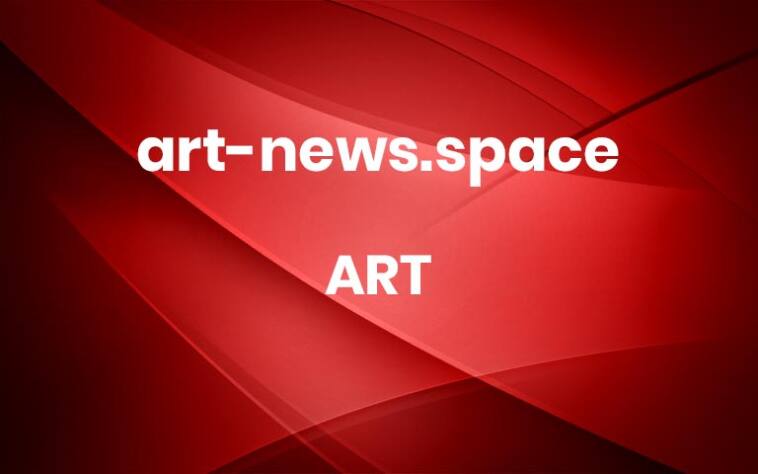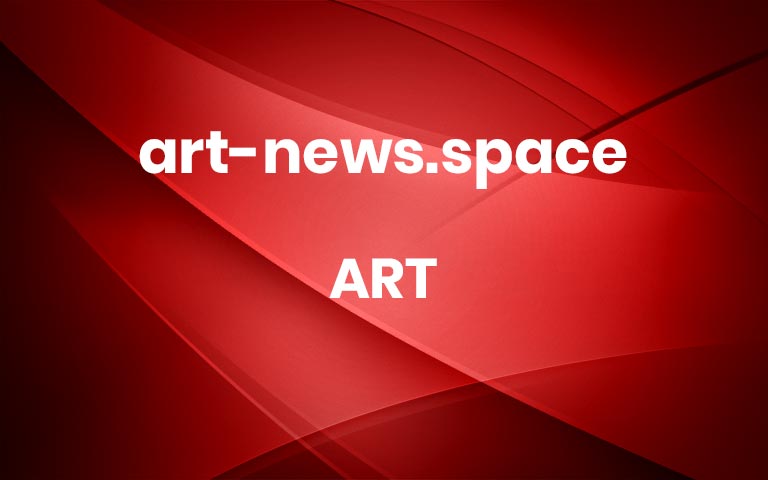Descend into the Underworld via Anish Kapoor’s Sculptural Subway Station Entrances
All images courtesy of Anish Kapoor, shared with permission
Descend into the Underworld via Anish Kapoor’s Sculptural Subway Station Entrances
September 17, 2025
ArtDesign
Kate Mothes
Share
Pin
Bookmark
West of Naples, along the Tyrrhenian coast, sits the storied Lake Avernus. Situated in a volcanic crater, its Latin name is synonymous with hell or the underworld, and to the ancient Romans, it was considered the portal to Hades. Dante Alighieri echoed the belief in his seminal Inferno. More recently, Anish Kapoor set out to explore the notion in a striking new entrance to the Monte Sant’Angelo subway station in central Naples. “In the city of Mount Vesuvius and Dante’s mythical entrance to the Inferno, I found it important to try and deal with what it really means to go underground,” the artist says.
Kapoor is renowned for large-scale sculptures and installations that tap into visceral psychological experiences, from a perpetually swirling whirlpool of black water in “Descension” to a meat-like slab of wax being wedged through a doorway in “Svayambhu,” which references a Sanskrit word meaning “self-born.” And, of course, there’s the iconically mirrored “Cloud Gate,” known fondly as “The Bean,” in downtown Chicago.
University entrance
“At Monte Sant’Angelo station, three integral themes of Kapoor’s practice have coalesced in more potent form than ever: the mythological object, the body, and the void,” a statement says. The artist’s design for two separate entrances, initiated more than two decades ago, tap into his interest in dualistic relationships like internal and external experiences or lightness and darkness.
Kapoor’s two entrances exist in dialogue with one another, as one is made from weathered steel with a rusty patina that suggests an amorphous bodily form. The other is conceived as something of the inverse, where a tubular steel form is presented more smoothly and “cleanly” while likewise hovering over travelers like a mysterious system or gigantic conduit.
“The station is a remarkable symbiosis of sculpture and architecture, a dynamic that has always been a central force in Kapoor’s work,” a statement says. “Kapoor’s work both holds and creates the new space in which it is experienced.”
Explore dozens of works on Kapoor’s website, and discover even more artistic subway stations around the world.
Looking up from within the Traiano entrance
A side view of the university entrance
Looking down into the university entrance
Traiano entrance
Do stories and artists like this matter to you? Become a Colossal Member now, and support independent arts publishing.
Hide advertising
Save your favorite articles
Get 15% off in the Colossal Shop
Receive members-only newsletter
Give 1% for art supplies in K-12 classrooms
Join us today!
$7/month
$75/year
Explore membership options
Previous articleNext article More



